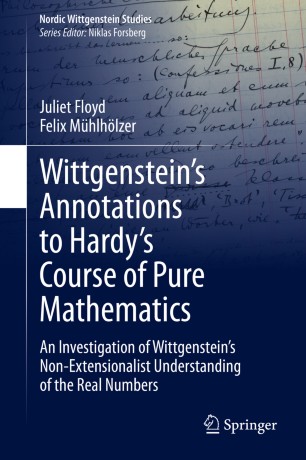

Most ebook files are in PDF format, so you can easily read them using various software such as Foxit Reader or directly on the Google Chrome browser.
Some ebook files are released by publishers in other formats such as .awz, .mobi, .epub, .fb2, etc. You may need to install specific software to read these formats on mobile/PC, such as Calibre.
Please read the tutorial at this link: https://ebookbell.com/faq
We offer FREE conversion to the popular formats you request; however, this may take some time. Therefore, right after payment, please email us, and we will try to provide the service as quickly as possible.
For some exceptional file formats or broken links (if any), please refrain from opening any disputes. Instead, email us first, and we will try to assist within a maximum of 6 hours.
EbookBell Team

4.7
36 reviewsThis monograph examines the private annotations that Ludwig Wittgenstein made to his copy of G.H. Hardy’s classic textbook, A Course of Pure Mathematics. Complete with actual images of the annotations, it gives readers a more complete picture of Wittgenstein’s remarks on irrational numbers, which have only been published in an excerpted form and, as a result, have often been unjustly criticized.
The authors first establish the context behind the annotations and discuss the historical role of Hardy’s textbook. They then go on to outline Wittgenstein’s non-extensionalist point of view on real numbers, assessing his manuscripts and published remarks and discussing attitudes in play in the philosophy of mathematics since Dedekind. Next, coverage focuses on the annotations themselves. The discussion encompasses irrational numbers, the law of excluded middle in mathematics and the notion of an “improper picture," the continuum of real numbers, and Wittgenstein’s attitude toward functions and limits.